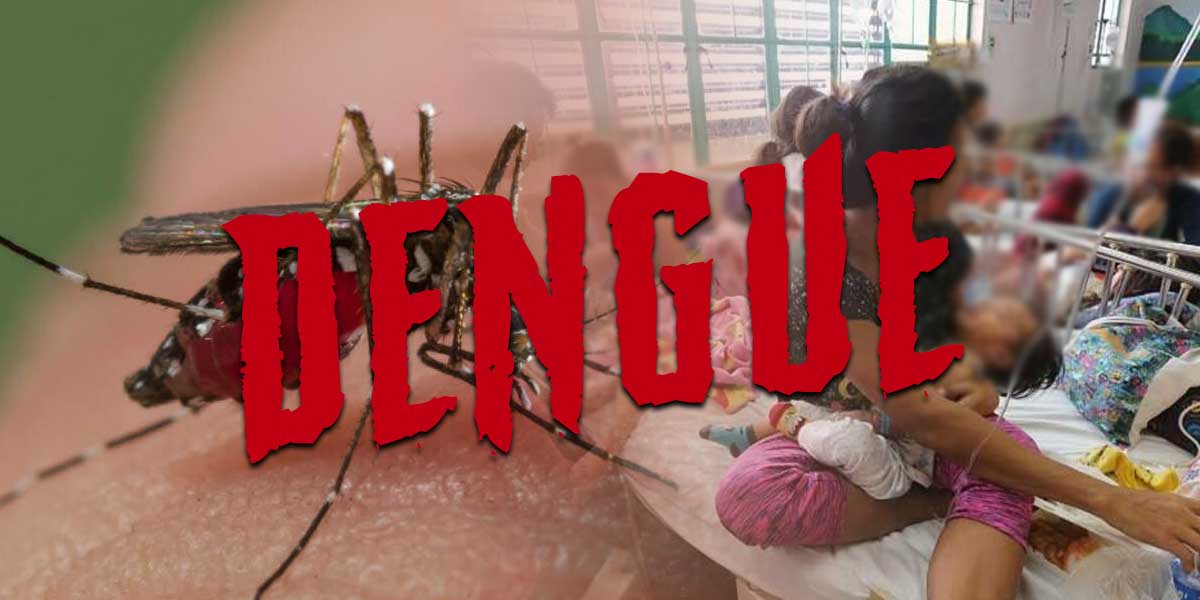By Engr. Carlos V. Cornejo
A crucial conversation is characterized by three major factors: (1) the stakes are high, (2) opinions vary and (3) the parties involved have strong emotions. No doubt a crucial conversation must be handled with great care otherwise consequences on the aftermath of the conversation could have big negative repercussions on your career, personal life or company. A crucial conversation could be talking to a boss about a promotion he or she promised for you, confronting a teammate who is not doing his or her share of a project or a client who has not paid an overdue debt.
Navigating a crucial conversation is like defusing a bomb ‐ touch the wrong button or hit the wrong wire and you set off an explosion of emotion. The best way to avoid an emotional explosion and prevent a conversation from going silent or verbally violent is to keep the
dialogue going. If there’s dialogue, then there’s a good chance you can work through the issue at the heart of any crucial conversation. This wonderful book authored by four management specialists, K. Patterson, J. Grenny, R. Mcmillan, and A. Switzler, entitled, “Crucial Conversations”, recommends three toolsets to diffuse tension in a crucial conversation: “Invite”, “Common Ground”, and “Priming”.
Invite
When you are approaching someone to settle a matter such as your boss who seem to forgot about the agreement on your promotion, don’t start the conversation with a line such as “You seem not to care about my career and forgot about our agreement on my promotion…” because the statement is conclusive, that your boss “does not care”. Instead give him or her a chance to explain his or her side of the story and “invite” him with a statement, “Sir, you seem to forgot about our agreement, is there a problem…”. Or if you are confronting a teammate who is not doing his share of work on the team project, start by saying, “You have not been showing up in our team meetings and don’t deliver work to the team on time, we are getting the impression that you don’t care much about our project. Can you help me see what’s going on in your side?”
The idea is to make others explain their side of the story, in a safe and peaceful manner, that would facilitate understanding of each other’s situation and come up with an agreed solution.
Common Ground
The “invite” method above might work at the start of a dialogue, but nevertheless, could turn into a heated conversation because the other party sees you as an “opponent” he must defeat to get his way. To avoid a yelling match and get back to a productive dialogue, you must convince the person you are talking to, that you are not his “enemy”, and that you are on the same side or same team as him because both of you have a common goal or purpose. You might tell him, “Hey, we both want to enjoy working together, and we both want to get our bonuses on this project…” If a conversation with your spouse isn’t going well, pause and say, “Why are we fighting? We both love and want what’s best for this family. Let’s work together to find a solution that works for both of us.”
The authors of the book say, “Find a shared goal, and you have both a good reason and a healthy climate for talking.”
Priming
The act of priming refers to a water pump or an industrial pump that you often need to ‘prime’ by pouring water on it to get it up to the proper speed. You would usually do the priming method if you are initiating an activity or task that could illicit a negative or silence response to the other party. If the other party or parties responds with silence for example on a proposal that obviously is unpleasant for them, such as announcing to workers in a company that their usual 9 am to 5 pm work schedule would be changed to 3 pm to midnight shift every two weeks, try to break their silence by “priming” them with a question. The question could be, “You must be thinking that the company is just going after profit and not caring about the inconvenience the schedule shift it would do to its workers?” A worker might reply, “It surely does look like it.” or “Do you have any idea how much trouble is this going to cause?” Then a dialogue with the workers would have already been initiated.
















